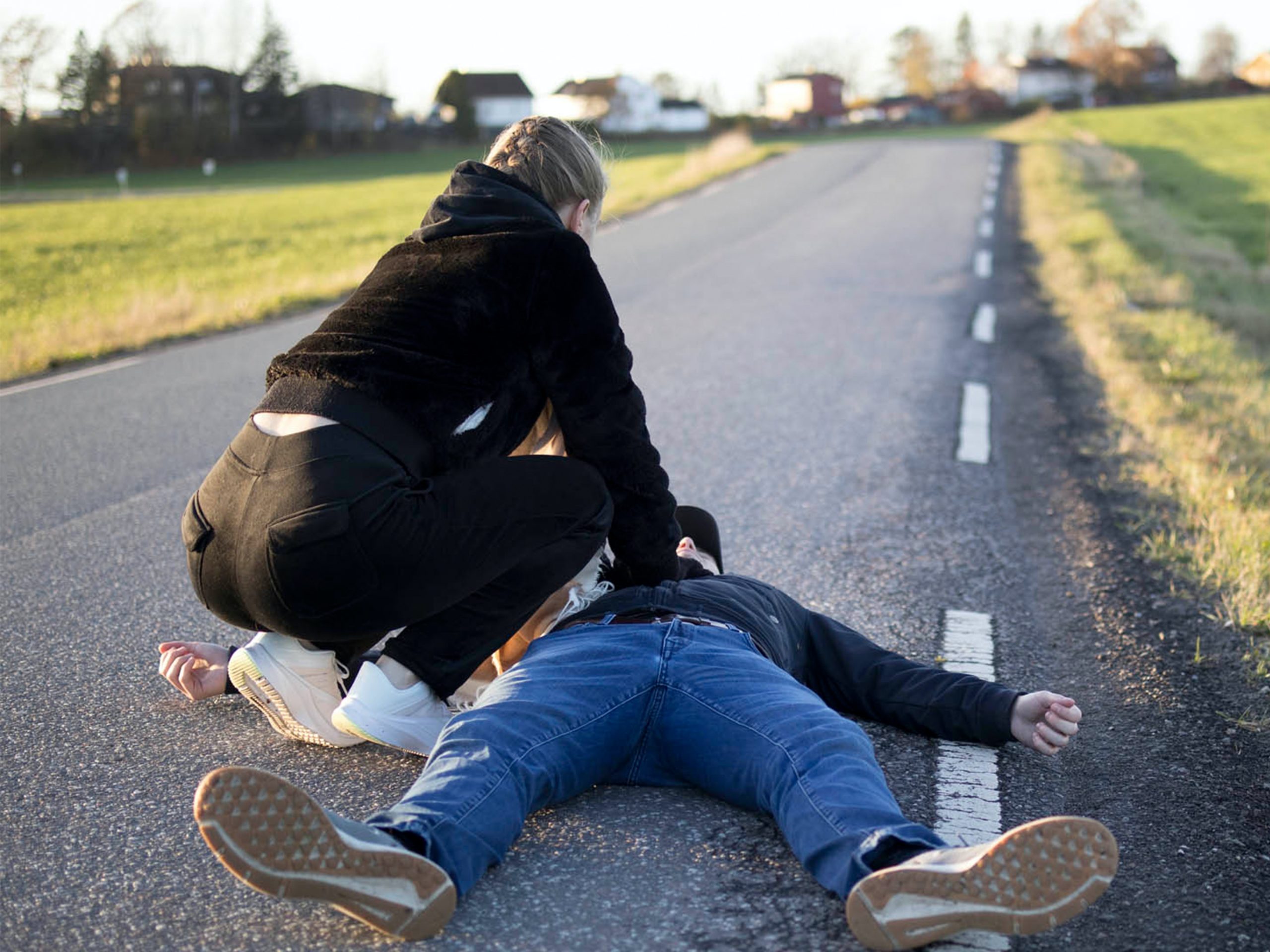Les étapes à suivre si vous êtes témoin d’un arrêt cardiaque
Les situations d’urgence, telles qu’un arrêt cardiaque, peuvent survenir à tout moment et en tout lieu. Il est essentiel de connaître les gestes à suivre pour sauver une vie. Dans cet article, nous allons vous guider à travers les étapes à suivre si vous êtes témoin d’un arrêt cardiaque.

Reconnaître un arrêt cardiaque
La première étape cruciale consiste à reconnaître un arrêt cardiaque. Voici les signes à surveiller :
1. Inconscience
La personne est inconsciente. Lorsque vous essayez de la stimuler en lui serrant la main ou en lui parlant, il n’y a aucune réaction.
2. Absence de respiration
La victime ne respire plus. Vous pouvez vérifier en plaçant votre oreille près de son nez et regarder sa poitrine pour détecter tout mouvement au niveau de sa cage thoracique.
Si ces signaux se manifestent, il est probable que la personne soit en arrêt cardiaque. Dans ce cas, suivez immédiatement les étapes suivantes pour maximiser les chances de survie.
Les étapes à suivre en cas d’arrêt cardiaque
Appeler les secours – le 15
Votre première action doit être d’appeler les secours en composant le numéro d’urgence 15. Plus tôt les professionnels de la santé arrivent sur les lieux, meilleures sont les chances de survie de la victime.
Commencer un massage cardiaque
Lors du massage cardiaque, votre objectif est de forcer le cœur à pomper du sang et à continuer à oxygéner les organes vitaux, en particulier le cerveau. La qualité du massage cardiaque est essentielle pour optimiser l’irrigation des organes.
Pour effectuer un massage cardiaque efficace, placez le talon de votre main au centre de la poitrine de la victime, juste en dessous de la ligne des mamelons. Verrouillez vos doigts ensemble, bras tendus, et utilisez votre poids corporel pour enfoncer le sternum d’environ 5 à 6 centimètres à un rythme de 100 à 120 compressions par minute.
Il existe des dispositifs pour vous aider et vous rassurer lors de la pratique du massage cardiaque, tel que le Cardio First Angel.
Demander de l’aide
Si des témoins se trouvent à proximité, demandez-leur de vous aider. Le massage cardiaque est un geste technique et fatigant. Il est essentiel de se relayer pour maintenir la qualité des compressions thoraciques.
Rechercher un défibrillateur automatique externe (DAE)
Demandez à un témoin d’aller chercher un défibrillateur s’il y en a un à proximité. Des applications telles que « Staying Alive » peuvent vous indiquer l’emplacement des défibrillateurs dans les environs.
Utiliser le défibrillateur automatique externe (DAE)
Si un DAE est disponible, ouvrez l’appareil et placez les électrodes sur la poitrine de la victime conformément aux instructions. Suivez les indications de la machine. Pendant qu’elle effectue son diagnostic, le DAE peut vous demander de continuer le massage cardiaque.
Continuer le massage cardiaque
Dans le cas où le défibrillateur ne s’avère pas efficace pour la victime ou qu’il y en a pas à proximité, il est impératif de continuer le massage cardiaque jusqu’à l’arrivée des secours. Chaque minute compte dans une situation d’arrêt cardiaque.
Conclusion
La rapidité d’intervention est la clé lorsqu’on est témoin d’un arrêt cardiaque. En suivant ces étapes cruciales, vous pouvez jouer un rôle vital dans la préservation de la vie de la victime. N’oubliez pas la chaîne de survie : Appeler – Masser – Défibriller.
Votre réactivité peut faire la différence entre la vie et la mort !
